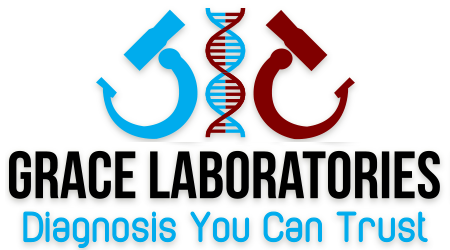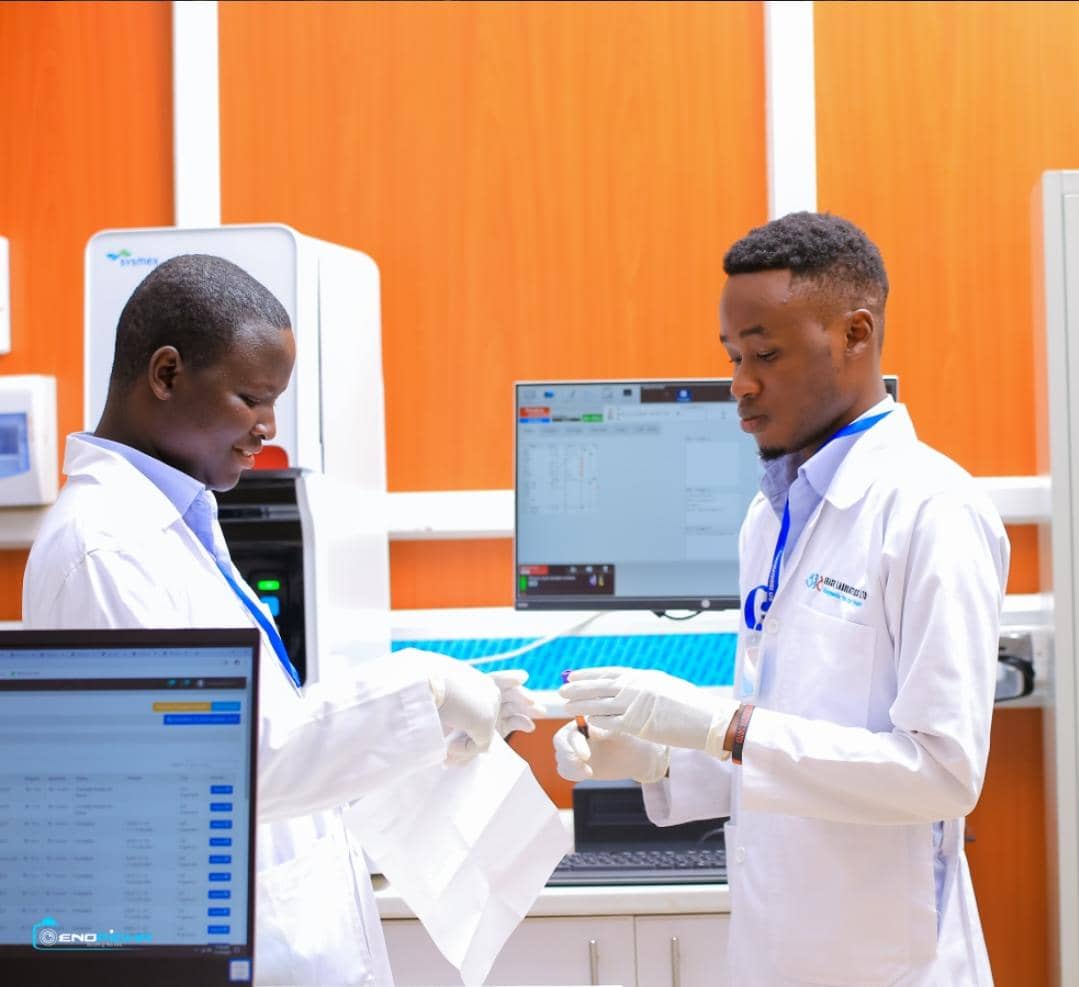Hepatitis B results are often requested in combination with tests for other viruses and other markers of disease, depending on the reason for testing. The results therefore will be evaluated together. Not everyone will need to have all the tests described here, so it is helpful to know which tests your doctor is requesting for you and why.
The table below summarises some of the results and what they mean. It is not fully comprehensive but covers the majority of common results.
Hep B surface antigen (HBsAg) | Hep B surface antibody (Anti-HBs) | Hep B core antibody (Anti-HBc IgM) | Hep B core antibody Total (Anti-HBc IgG+IgM) | Hep B e antigen (HBeAg)* see note below | Hep B e antibody (Anti-HBe) | Interpretation / Stage of Infection |
Negative | Negative |
| Negative |
|
| No active or prior infection; not immune - may be good candidate for vaccine |
Negative | Negative/low positive | Positive | Positive | Negative | Positive | Acute infection, now resolving |
Negative | Positive | Negative | Positive | Negative* | Positive | Infection resolved: immunity due to natural infection |
Negative | Positive |
| Negative |
|
| Immunity due to vaccination |
Positive | Negative | Negative | Negative | Positive | Negative | Early acute infection |
Positive | Negative | Positive or Negative | Positive or Negative | Positive | Negative | Acute infection – usually with symptoms: contagious |
Positive | Negative | Positive | Positive | Negative* | Positive | Late in acute infection (seroconversion) |
Negative | Negative | Positive | Positive | Negative* | Positive | Acute infection is resolving (convalescent) |
Positive | Negative | Negative | Positive | Negative* | Positive | Chronic infection but low risk of liver damage – carrier state |
Positive | Negative | Negative | Positive | Positive | Negative | Indicate active chronic infection – liver damage possible |
HIV Antibody and HIV Antigen
Human immunodeficiency virus (HIV) infects the cells of a person’s immune system and is the cause of AIDS (acquired immunodeficiency syndrome).
When a person becomes infected with HIV, through exposure to the blood or body fluids of an infected individual, the virus begins to reproduce very rapidly. So, during the first few weeks of infection, the amount of virus (viral load) in the blood can be quite high.
The immune system responds by producing antibodies directed against the virus and these begin to be detected in the blood around 3-4 weeks after exposure to the virus. As the level of HIV antibody increases, the viral load in the blood decreases.
This early HIV infection may cause no symptoms or sometimes a flu-like or glandular fever-type illness. The only way to determine whether a person has been infected is through HIV testing. Modern HIV screening tests detect HIV antigens (parts of the virus itself, usually a protein called the p24 antigen) and/or antibodies produced in response to an HIV infection.
Two main test types are available for HIV screening:
- Combination HIV antibody and HIV antigen test— this is the recommended screening test for HIV and is available only as a blood test. By detecting both antibody and antigen, the combination test increases the likelihood that an infection is detected soon after exposure. These tests can detect HIV infections in most people by 2-6 weeks after exposure.
- HIV antibody testing— This test takes a little longer to become positive after an exposure but can be carried out on blood or oral fluid. HIV antibody tests can detect infections in most people 3-12 weeks after exposure.
Syphilis Test
The test is looking for evidence of Treponema pallidum, the bacterium that causes syphilis. Syphilis is a sexually transmitted disease. It is easily treatable but can cause severe health problems if left untreated.
The evidence of the presence of bacteria are:
Antibody
If syphilis producing bacteria enters your body then the body’s defence system (immune system) would start producing proteins against the invading bacteria to try to fight the infection. These proteins are called antibodies. In laboratories these antibodies, which are produced in response to syphilis infection can be identified and measured by tests called serological tests. Doctors can interpret this test result to find out if you are infected and if infected, how far the infection might have progressed. Doctors might need to repeat the test to confirm the diagnosis and interpret the result better.
Bacteria itself
If you have a sore, a swab or scrape may be collected to look for the bacteria under the microscope. It is called dark ground microscopy. This test is infrequently done now as it needs a lot of expertise and antibody testing is easier to do, quicker and reliable.
Bacterial genetic material
This test is called PCR (polymerase chain reaction). It looks for Treponema pallidum genetic material in a sample directly taken from the sore/ulcer.
Cytomegalovirus (CMV)



